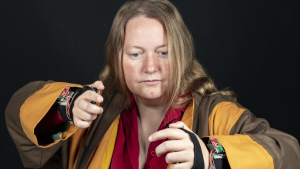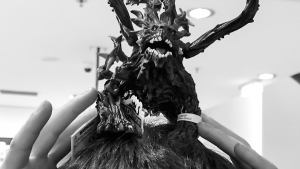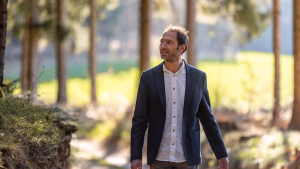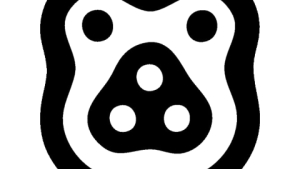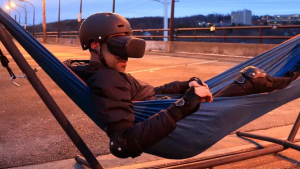Marije Baalman is an artist and researcher/developer working in the field of interactive sound art. She has an interdisciplinary background in physics, acoustics, electronic music and interactive art. In her artistic work she composes behaviors and interaction modalities, using physical computing, livecoding, digital and analog sound processing.
To realise her works she mostly uses open source technology (software and hardware) and she is an active contributor to the open source community.


